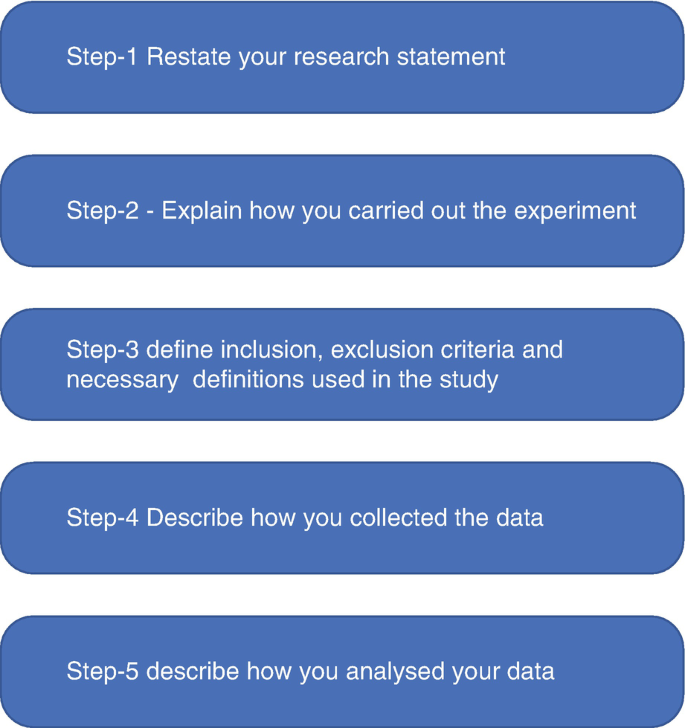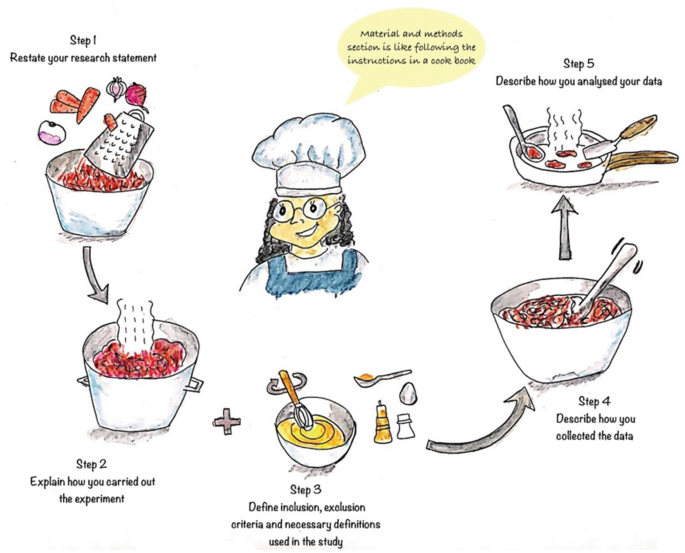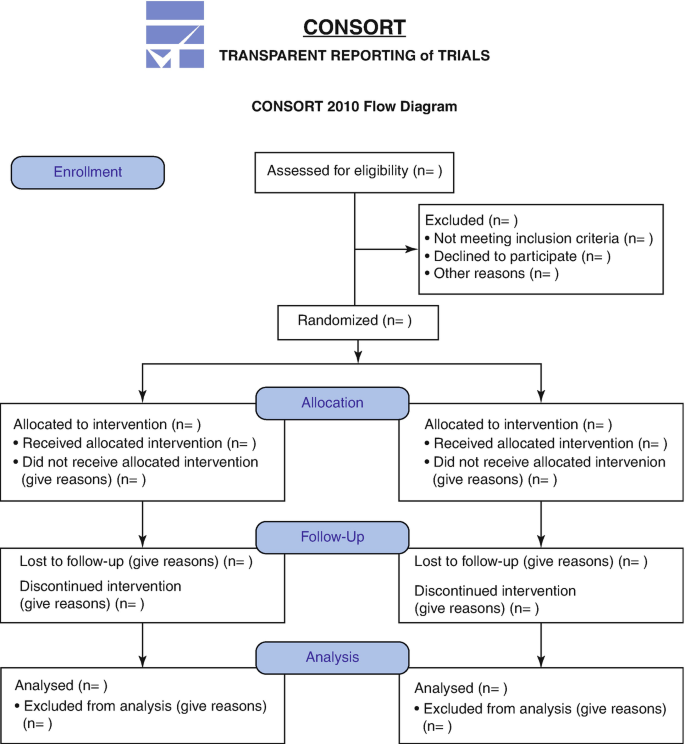Abstract
In this segment, you should describe exactly and in detail how you did the study so that the readers will be able to (Fig. 19.1):
The method of science is logical and rational; the method of the humanities is one of imagination and sympathetic understanding.
Andrew Louth British Theologian (1944–…).
You have full access to this open access chapter, Download chapter PDF
Similar content being viewed by others
1 What Should be Included in the Material and Methods Section?
In this segment, you should describe exactly and in detail how you did the study so that the readers will be able to (Fig. 19.1):
-
Assess how the research was done.
-
How they might repeat the study, if they wish to do so [1].
You must mention ‘what’, ‘how much’, ‘how often’, ‘where’, ‘when’ and ‘why’ clearly to provide a step-by-step tutorial for your reader. It may not be possible to provide all the technical details while writing this section for a print journal, but these may perhaps be included in an online version of the article.
James Provenzale, in an editorial for American Journal of Roentgenology, stated, ‘One of the more common reasons for rejection of a manuscript is that the reviewers cannot fully understand how the study was conducted’ [2]. Many journals have page limits for the Materials and Methods section so we would suggest that only important steps should be included. Journals nowadays do provide an electronic access for their articles and all the extra information describing the methodology and results in detail can go into the supplementary online file. Most journals will also ask for clearance from an ethical committee or an Institutional Review Board (IRB) for studies involving human subjects and this should be recorded here.
In summary

2 What Are the Important Steps that Should be Followed?
The Material (or preferably Patients if it is a clinical study) is defined as any subjects, matter, investigations, chemicals, drugs or devices which have been included.
The Methods has been defined as the ‘particular procedures for accomplishing or approaching something’.
Describe which experimental animals, patients, volunteers or control subjects will be included. For a drug mention how the drug was taken and through which route it was administered stating the name of the source and the supplier in brackets. For immunological tests the technique used and the name of the manufacturer should be mentioned. The reagents used should also be mentioned in this section. For a surgical technique describe how it was different from a standard one in some detail [3].
We would recommend a five-step approach for writing this section for a journal. Open this section by stating the research question you wish to answer. Then mention how many patients were screened for the study, the number of patients who fulfilled the criteria for inclusion and how many were excluded. A CONSORT (Consolidated Standards of Reporting Trials) flow chart may be a useful guide at this stage (Fig. 19.2).
3 In Which Tense Should the Methodology Be Written?
All the methodology should be written in the past tense preferably in an active voice [4]. According, to this you should use verbs like ‘investigated’, ‘evaluated’ or ‘performed’. Recently, terms showing the ownership of the investigation as ‘we performed’, ‘we evaluated’, ‘we implemented’ have taken priority. The communication to the reader should be clear and there should not be any cluttered thought. This section should be written in simple English and should be comprehensive.
4 What Are the Points Which Should Not be Missed in Methodology Section in a Biomedical Research Paper?
These include:
-
Date of initiation and termination.
-
Inclusion and exclusion criteria.
-
Outcome measure with the definitions.
-
Statistics used.
-
Type of study design.
5 What Are the Common Errors Seen in this Section?
-
Many authors write this section as a set of instructions but what is required is a description of the experiments.
-
Mingling the results with the methods. Results should be discussed and analyzed in a subsequent section.
-
Including explanatory information and background—save these for the discussion section.
-
In this section include information relevant to the reader and minute details such as who helped to set up the experiment or who helped to input the data are not relevant. Many journals provide links for supplemental information which is available online but not in the print version.
-
Writing the pros and cons of the technology used to study the experiment in this section. This should be done in the discussion section.
6 Conclusions
-
Include in this section ‘What was done, how it was done, how the data was collected, and how the data was analyzed’.
-
Organize your methodology as what was the first step and then what were the subsequent steps.
-
Avoid writing stories in the methodology when the same can be conveyed in a flow chart.
-
Describe in detail the statistics used in the study.
References
Arceci RJ. The art and science of writing manuscripts. Pediatr Blood Cancer. 2004;43:207–10.
Tips for writing material and method section: introduction. Last accessed on 13th August 2020. Available on https://blog.scipress.com/posts/tips-for-writing-material-and-method-section-introduction.
Ng KH, Peh WC. Writing the materials and methods. Singap Med J. 2008;49:856–9.
Erdemir F. How to write a materials and methods section of a scientific article? Turk J Urol. 2013;39(Suppl 1):10–5.
Author information
Authors and Affiliations
Rights and permissions
Open Access This chapter is licensed under the terms of the Creative Commons Attribution 4.0 International License (http://creativecommons.org/licenses/by/4.0/), which permits use, sharing, adaptation, distribution and reproduction in any medium or format, as long as you give appropriate credit to the original author(s) and the source, provide a link to the Creative Commons license and indicate if changes were made.
The images or other third party material in this chapter are included in the chapter's Creative Commons license, unless indicated otherwise in a credit line to the material. If material is not included in the chapter's Creative Commons license and your intended use is not permitted by statutory regulation or exceeds the permitted use, you will need to obtain permission directly from the copyright holder.
Copyright information
© 2022 The Author(s)
About this chapter
Cite this chapter
Nundy, S., Kakar, A., Bhutta, Z.A. (2022). How to Write the Material (Patients) and Methods Section. In: How to Practice Academic Medicine and Publish from Developing Countries?. Springer, Singapore. https://doi.org/10.1007/978-981-16-5248-6_19
Download citation
DOI: https://doi.org/10.1007/978-981-16-5248-6_19
Published:
Publisher Name: Springer, Singapore
Print ISBN: 978-981-16-5247-9
Online ISBN: 978-981-16-5248-6
eBook Packages: MedicineMedicine (R0)






